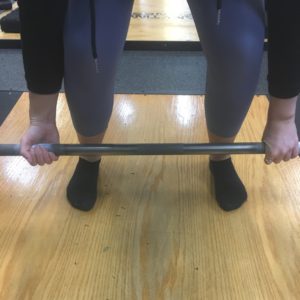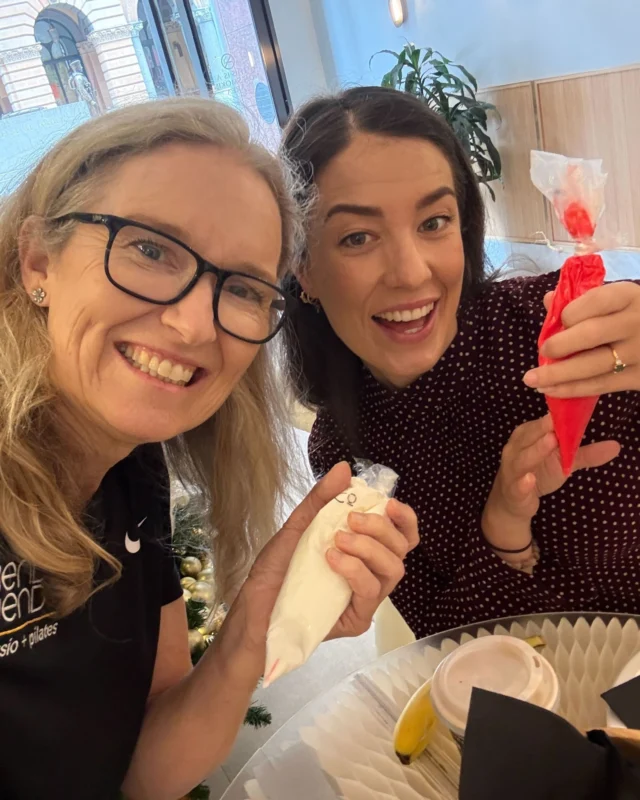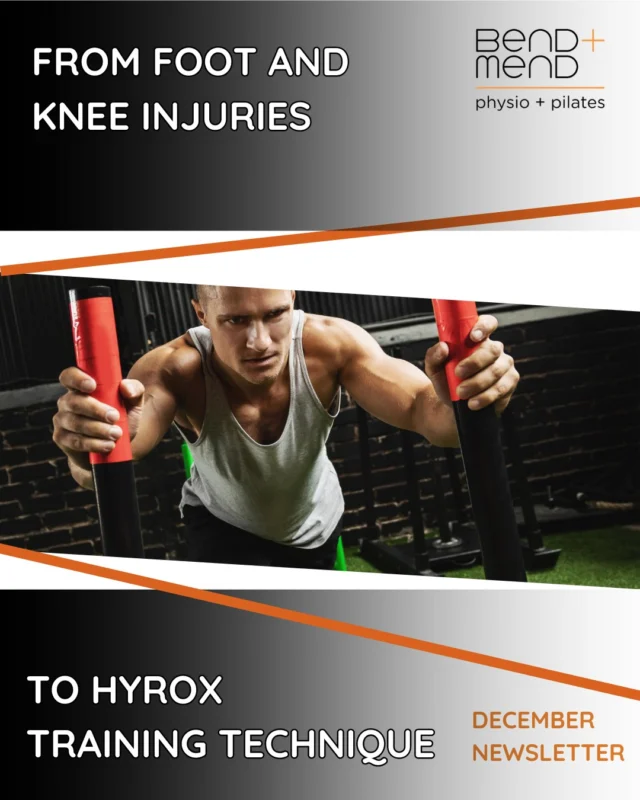Did you know hand grip strength is a predictor of mortality? A recent 2018 study found those with a weaker grip were at a greater risk of mortality from cardiovascular disease, respiratory disease, chronic obstructive pulmonary disease and all cancer. If that’s not motivation to improve your grip strength, then I don’t know what is! Grip strength is functional, we need it in daily life, whether that is simply carrying shopping bags, opening that pickle jar or maxing out your deadlift in the gym.
I wrote a blog earlier this year on a guide to Deadlift set up where I spoke about the correct deadlift grip, specifically double overhand or pronated grip. This is especially useful for beginners as it is easy to learn and help keeps your lat muscles tight and activates your rotator cuff to improve shoulder stability. If you have been deadlifting for a little while and the weight is going up, and your back and legs still feel like they could lift more but your grip is starting to fail, what do you do? Well that’s where the mixed grip comes in, this involves gripping the bar with one overhand and one underhand position as shown in the picture. This stops the bar from rotating, and ultimately slipping out from the fingers and thumbs. It is not uncommon to be able to add 10-20kg to your lift when changing from double over hand to mixed grip. While this sounds great don’t be so quick to discard double overhand. I recommend using that grip first for your warm up sets, then when the bar starts to get too heavy you should switch to mixed grip.
Because we now have one hand in the underhand or palm up position we have activated our biceps brachii muscle. It is very important when lifting to keep the arm straight to avoid a bicep tear, which is more likely to occur under heavy load if the elbow starts to flex. Make sure slack is taken out of the bar before attempting your lift.
Chalk should be used for heavy lifts to prevent the bar from slipping by limiting excess moisture from your hands. It comes in various forms however; powder or block chalk are superior to liquid chalk which has been mixed with alcohol. Some gyms may not allow powder or block so liquid can be an option in these cases.
Finally, you may have seen some lifters using straps when deadlifting heavy. While they do allow you to lift heavier as a lack of grip strength is no longer an issue, it is for that reason I suggest not using them, as you will not be training your grip to get any stronger. However, a point can be made for using straps to overload your muscles and lift heavier weights when otherwise your grip would be the defining factor in not making a lift. So some people may choose to use straps only for their top sets when they can no longer grip the bar.






